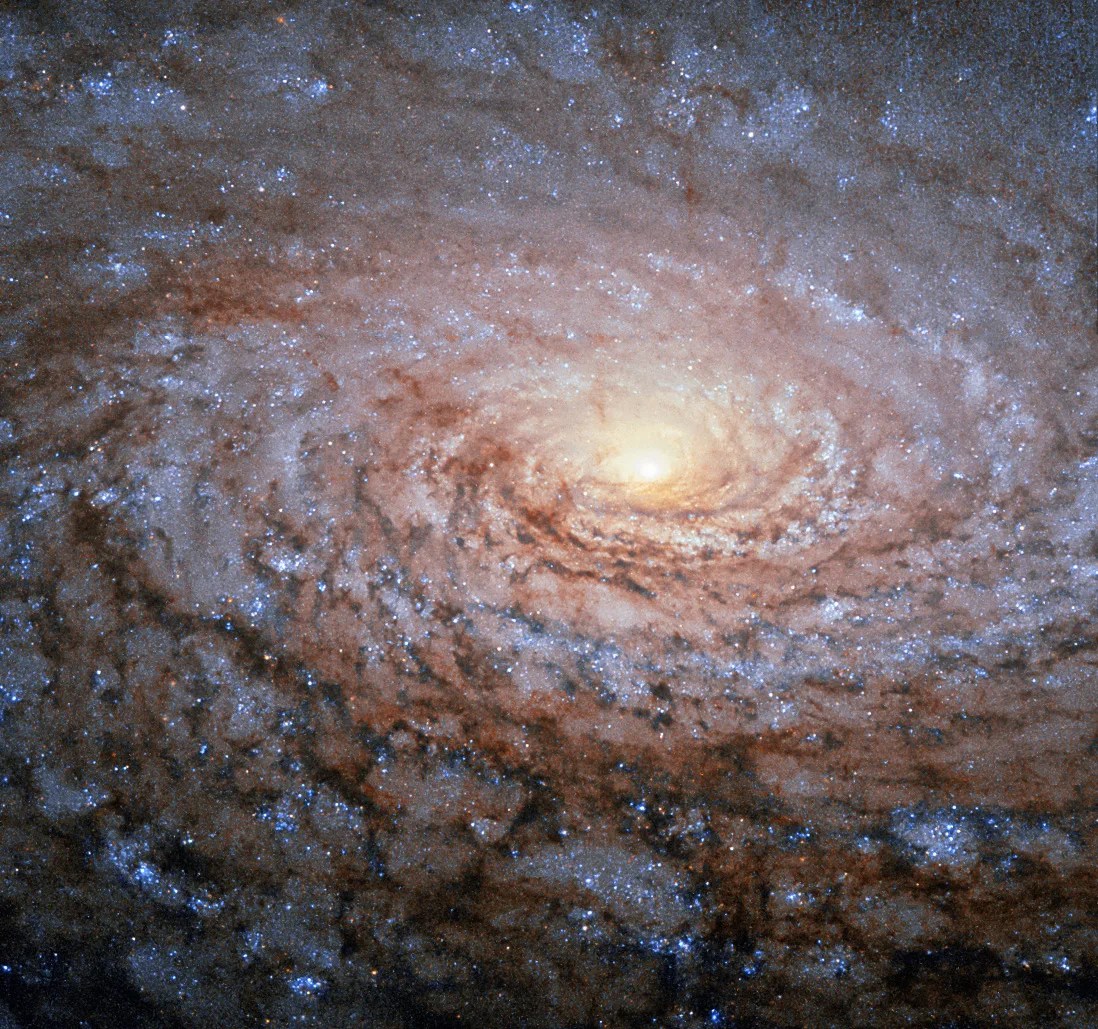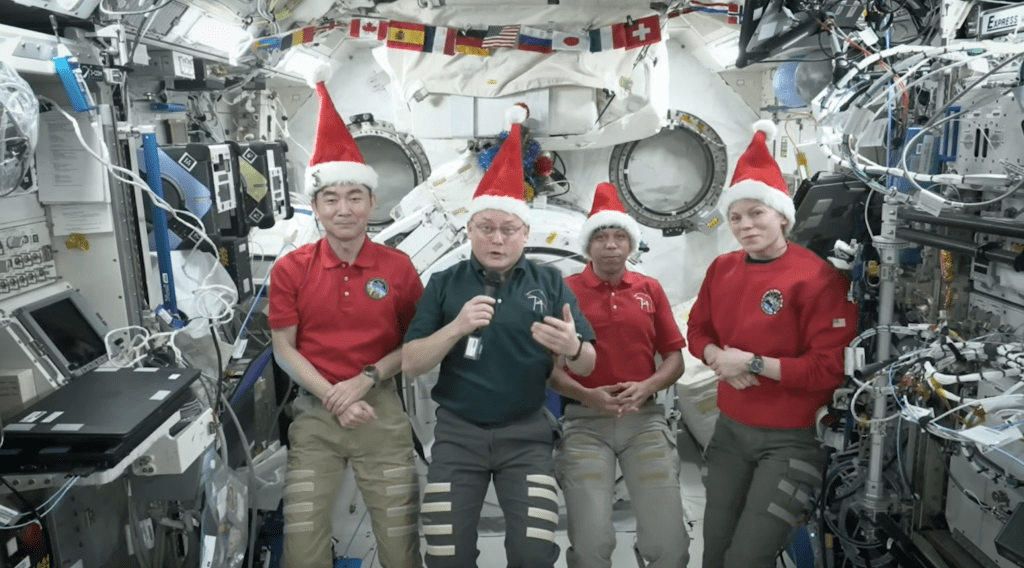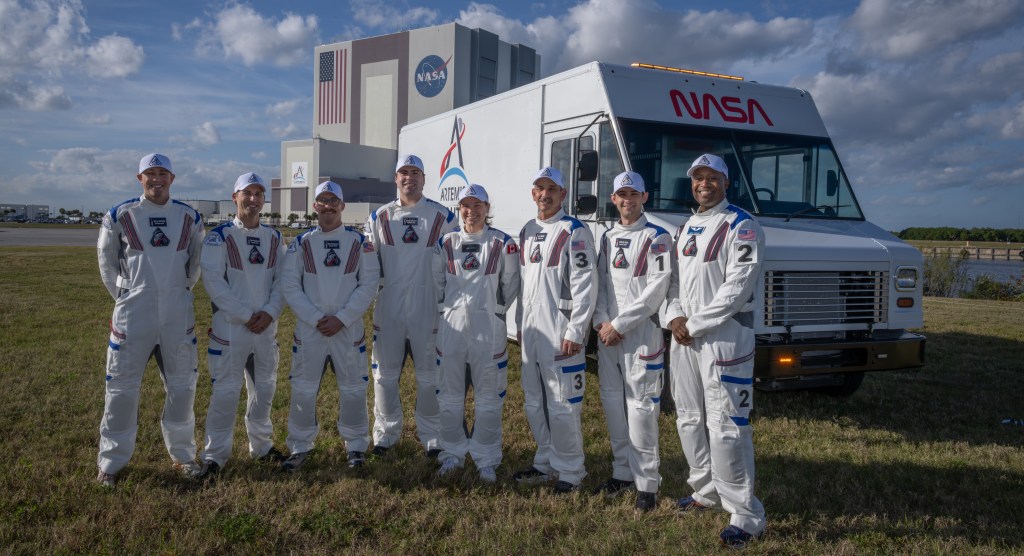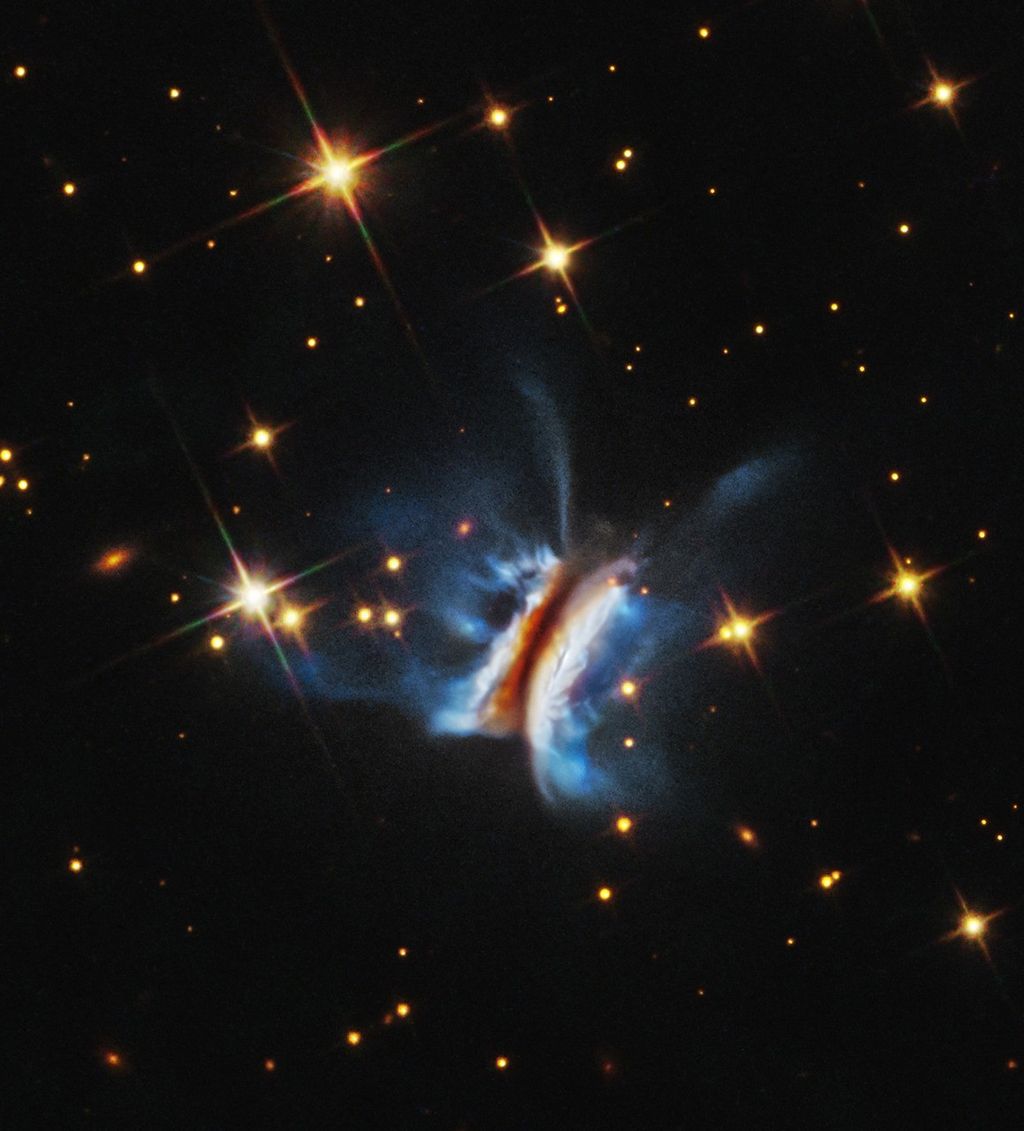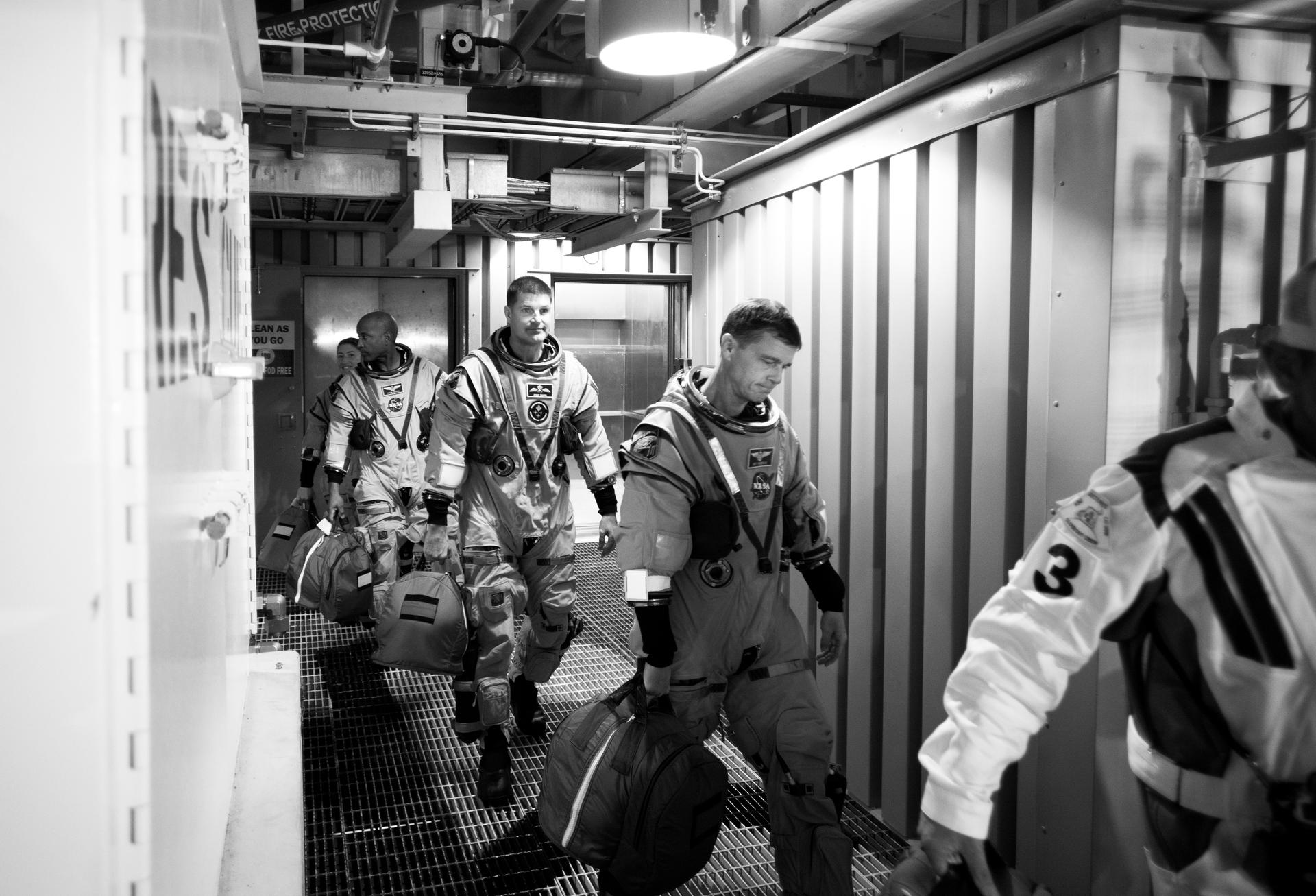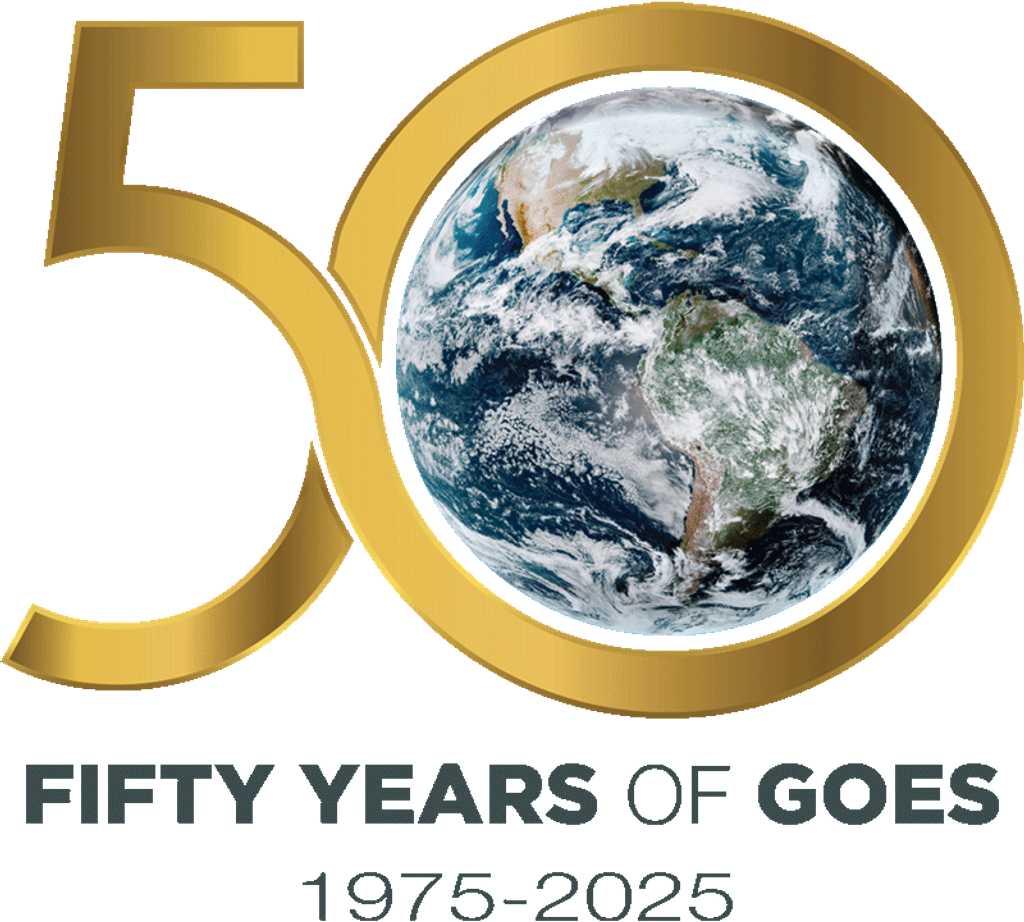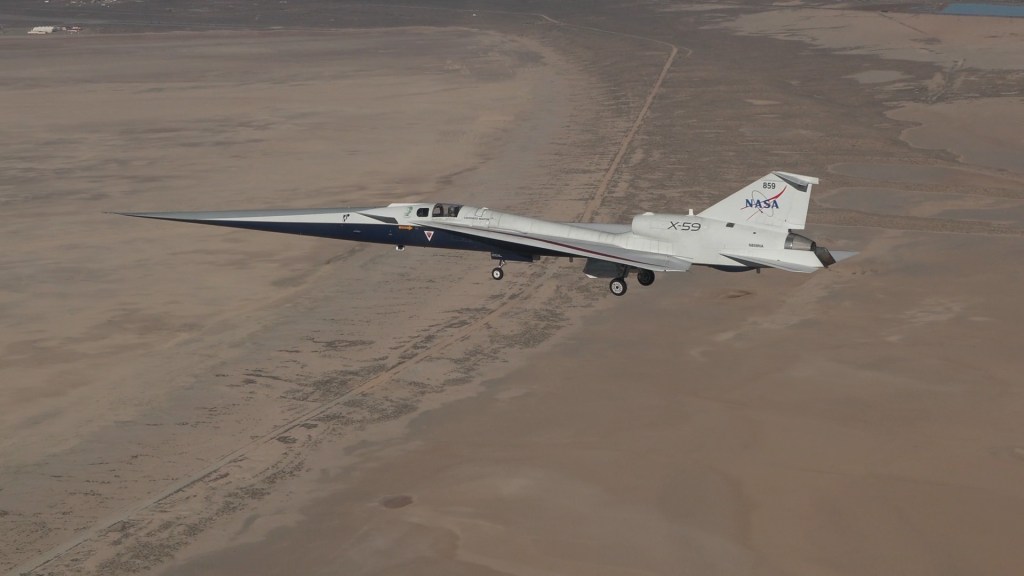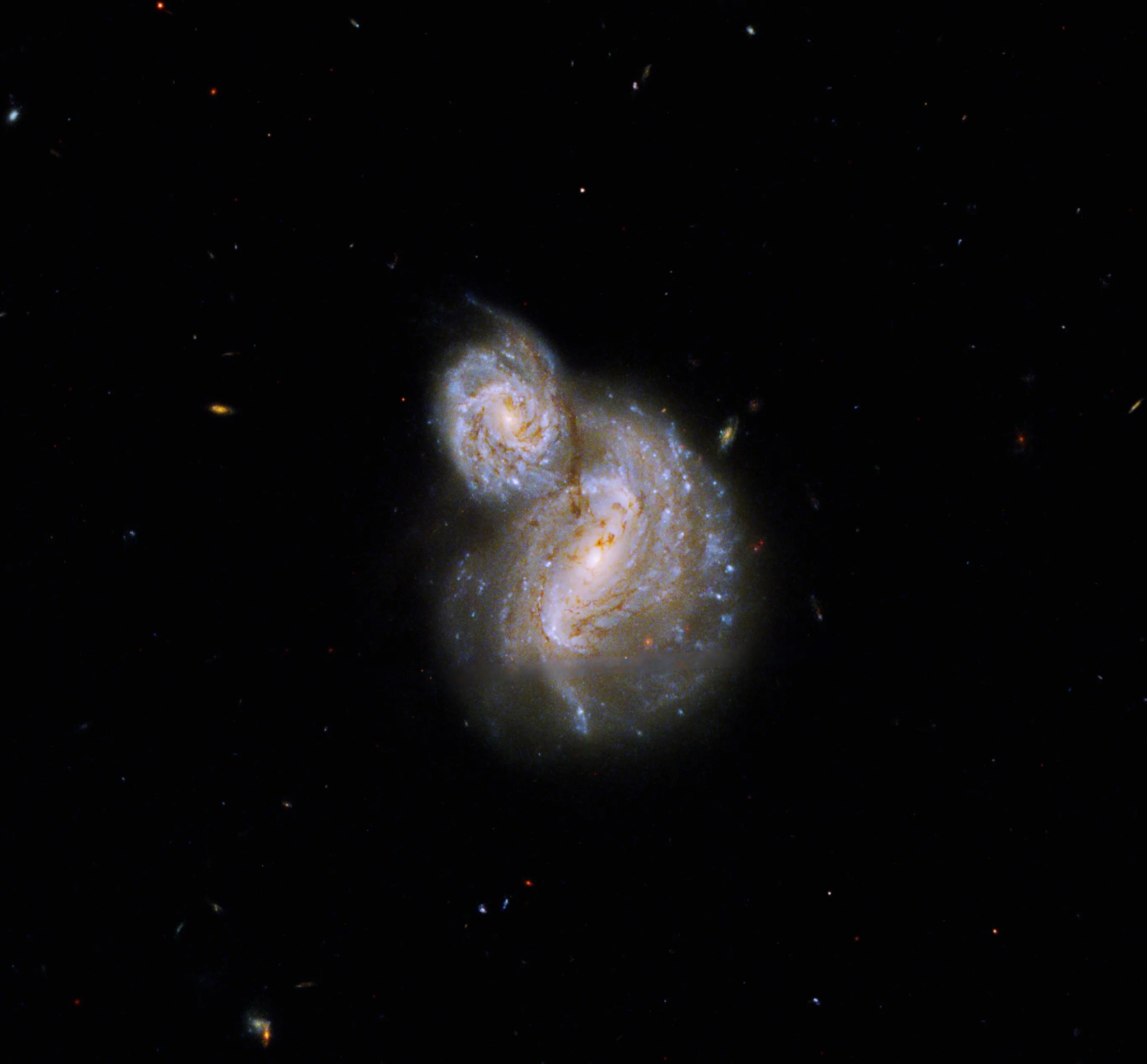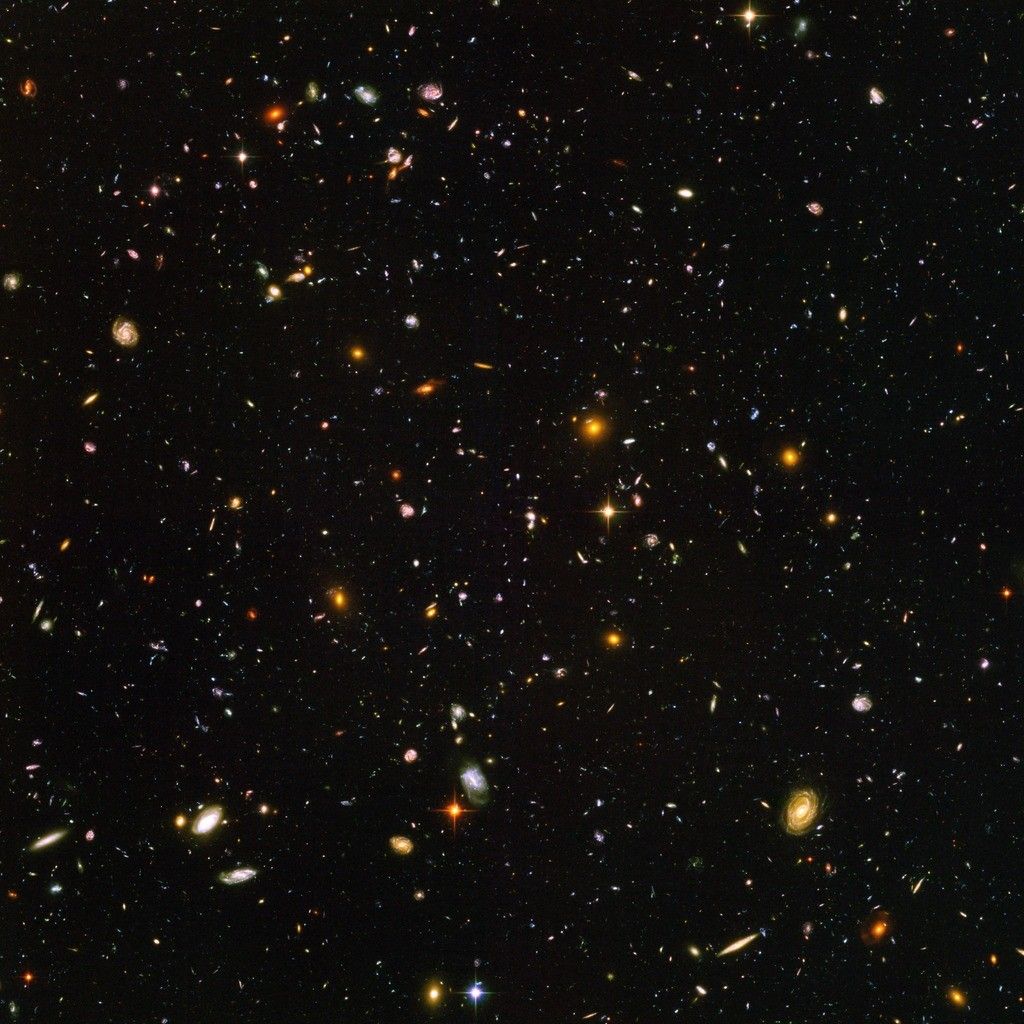Hubble's Galaxies Galore
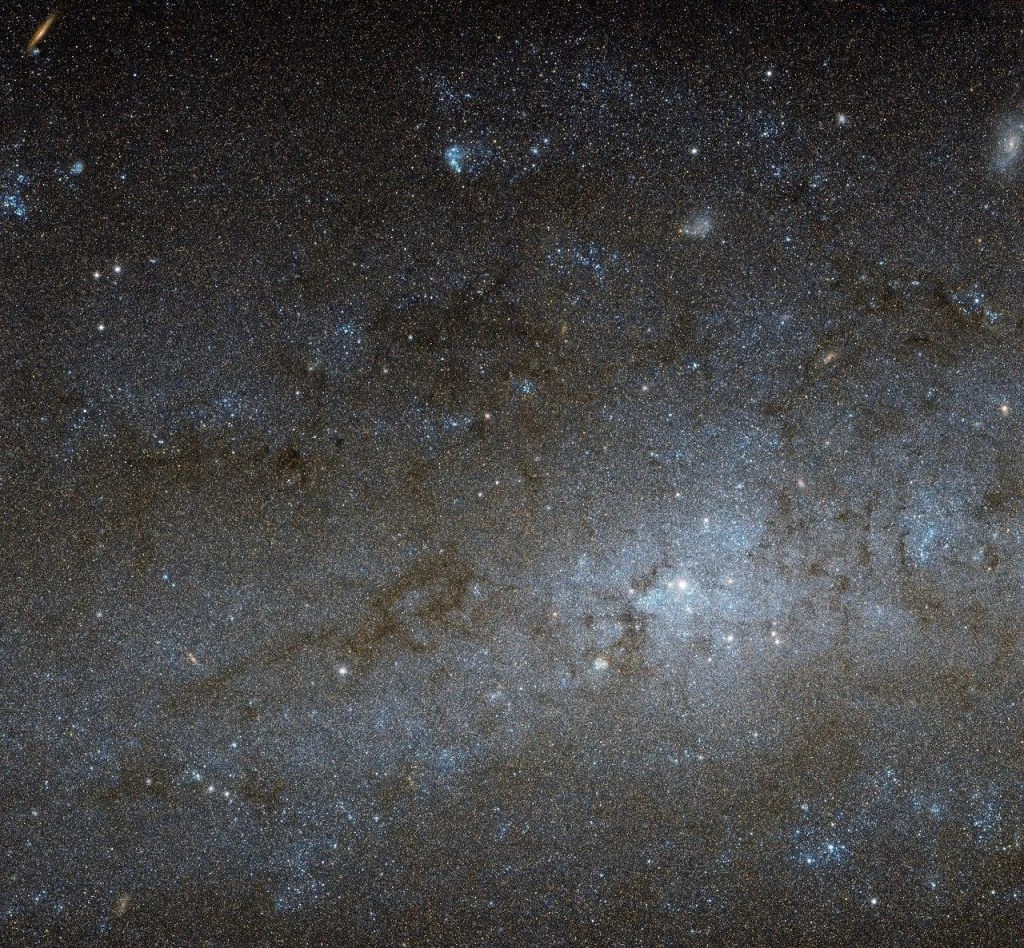
Caldwell 62
Caldwell 62 (also known as NGC 247) is a dwarf spiral galaxy located about 11 million light-years away.
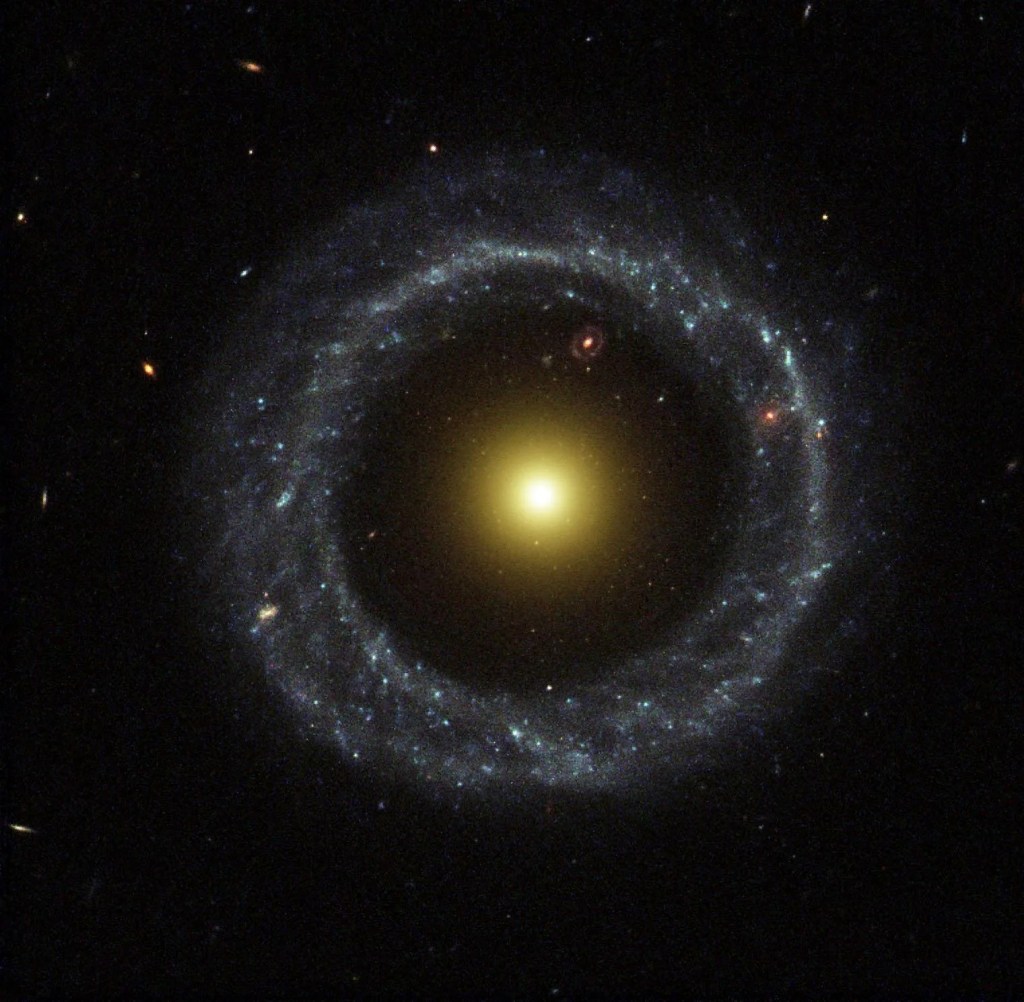
Sonification: Hoag’s Object
Hoag’s Object is slightly larger than the Milky Way. The sonification takes data from this image and represents it with sound.
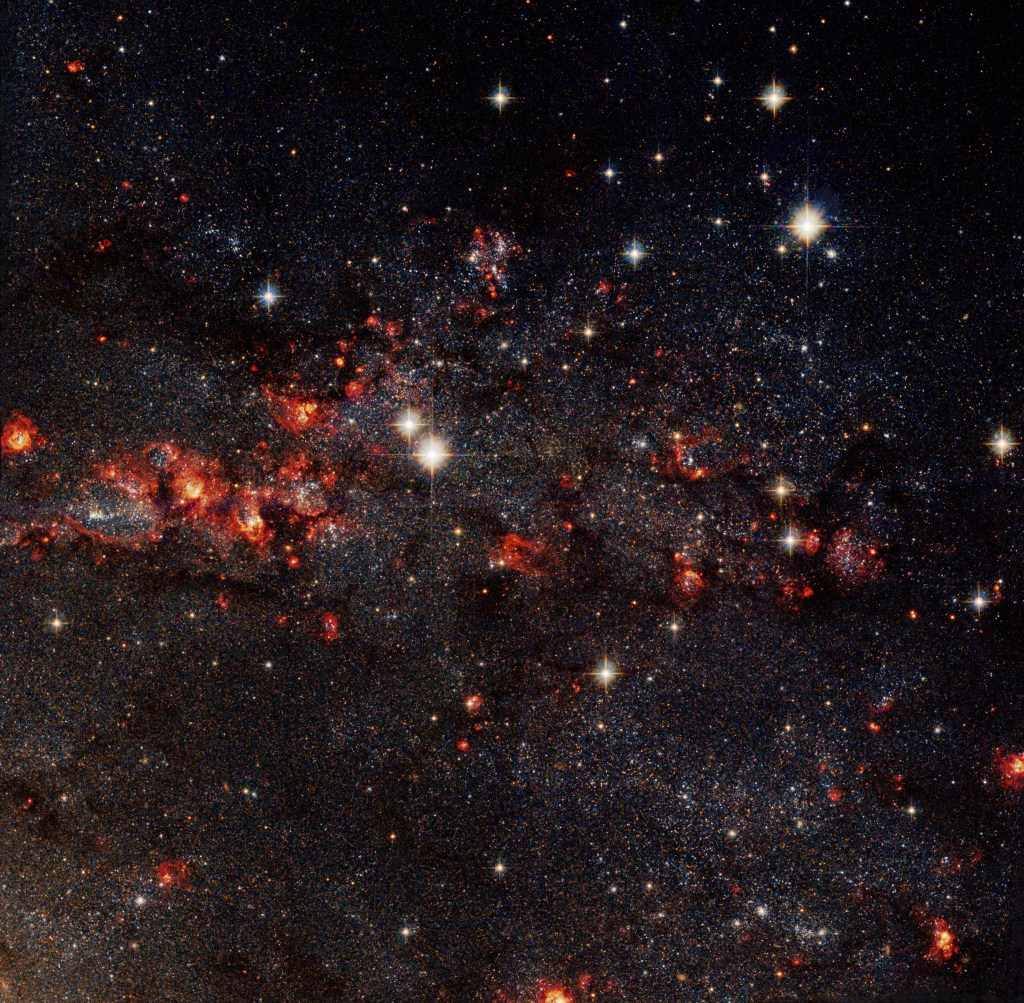
Caldwell 5
Caldwell 5 is a spiral galaxy located approximately 11 million light-years from Earth.
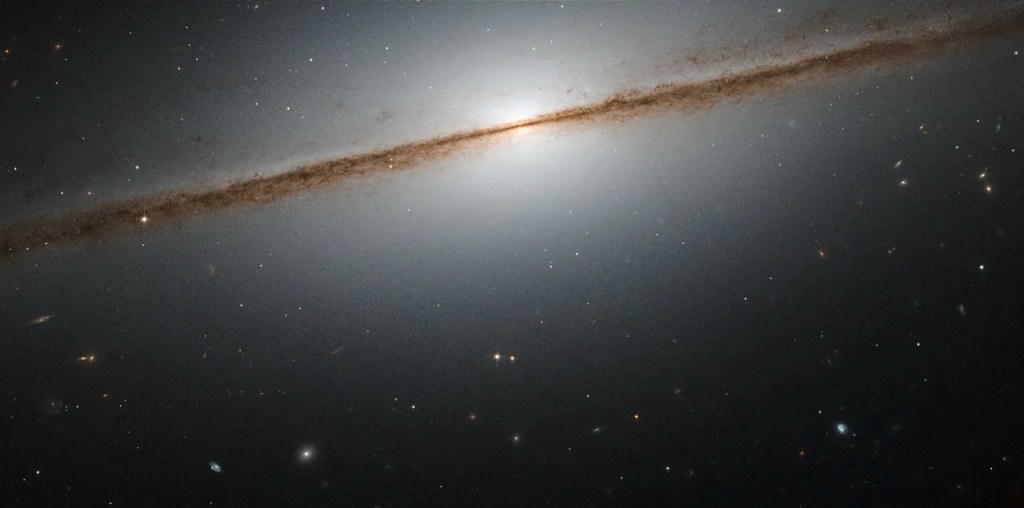
A Small Sombrero for Hubble
From our perspective, the “Little Sombrero” is a galaxy that we see from the side or edge-on.
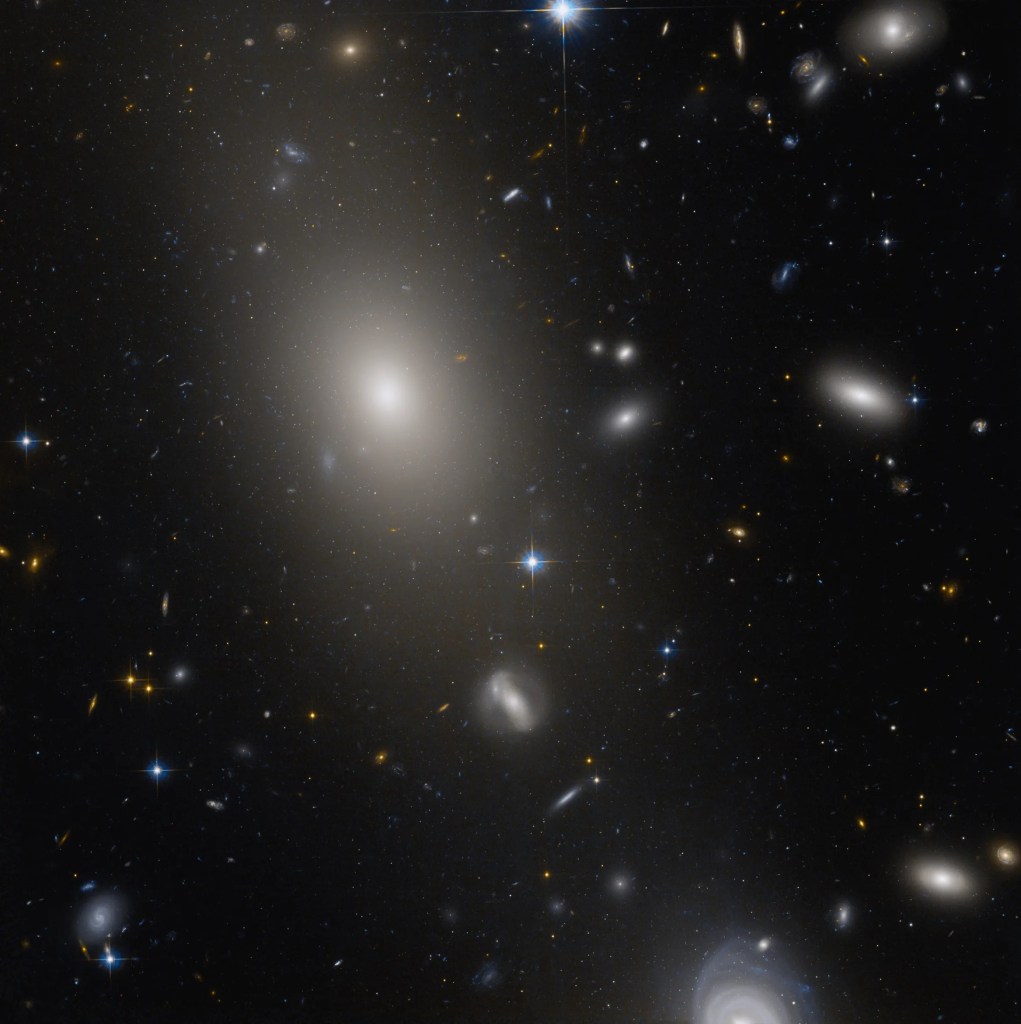
Hubble Captures Giant Elliptical in the Head of the Serpent
UGC 10143 is an elliptical galaxy some 486 million light-years away.

Sonification: NGC 1569
This starburst galaxy creates stars at a rate 100 times faster than the Milky Way! The sonification takes data from this image and represents it with sound.
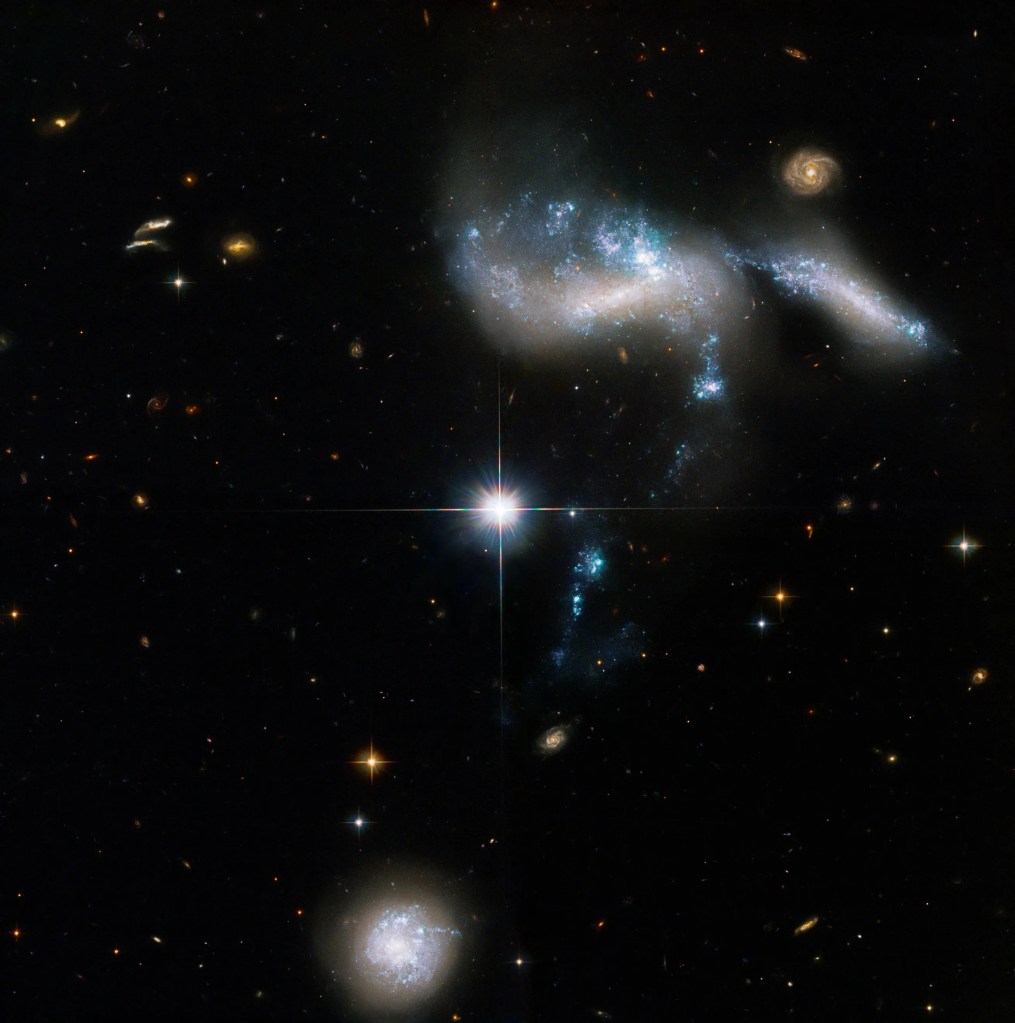
Hubble Reveals a River of Star Formation
This image of the Hickson Compact Group 31 of galaxies highlights streams of star-formation as four dwarf galaxies interact.
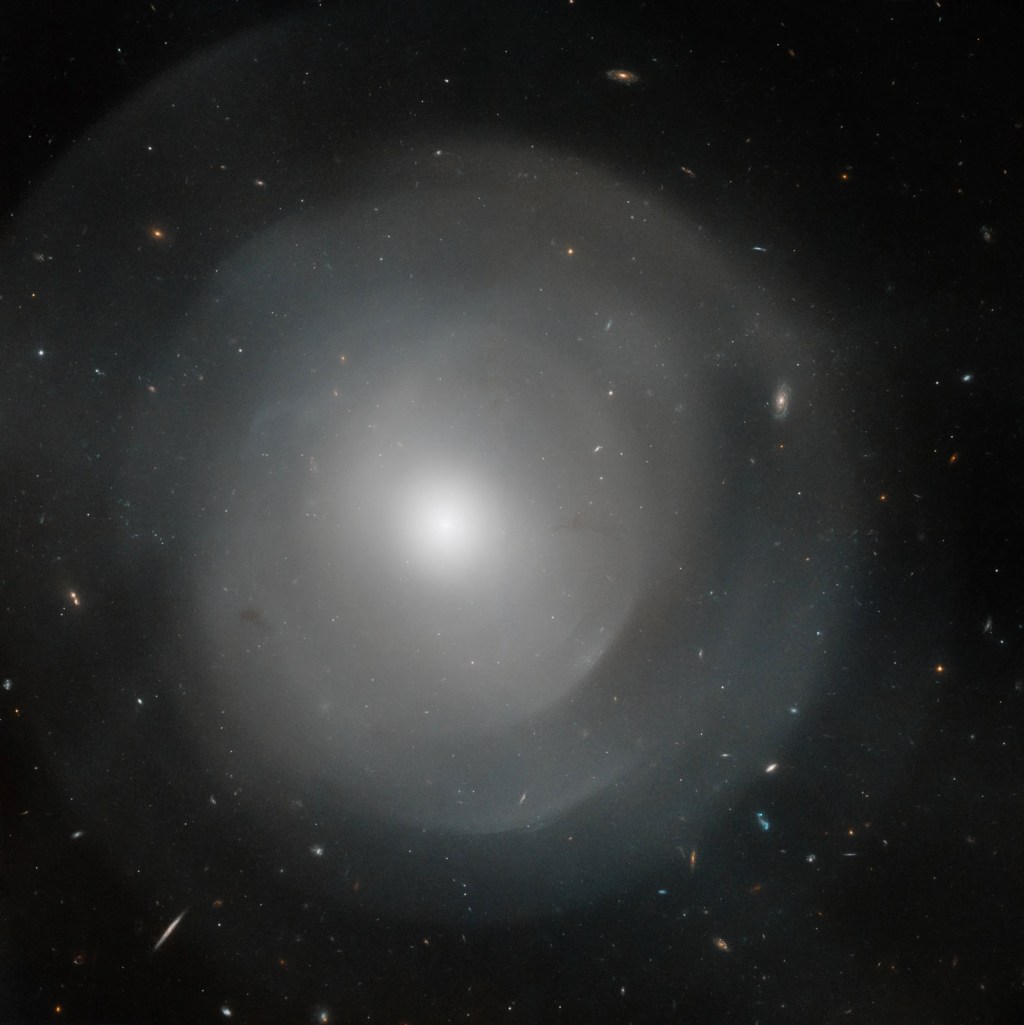
Hubble Peers Through Giant Elliptical’s Layers
This image captures the central region of the gigantic elliptical galaxy NGC 474.
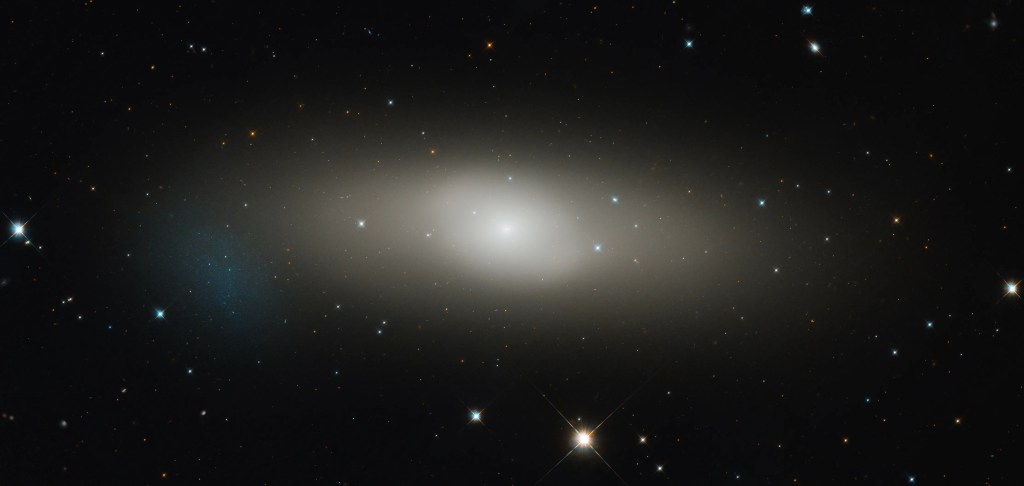
Hubble Focuses on a Large Lenticular
This image looks at one of the nearest, massive lenticular galaxies to Earth, NGC 1023 some 36 million light-years away.
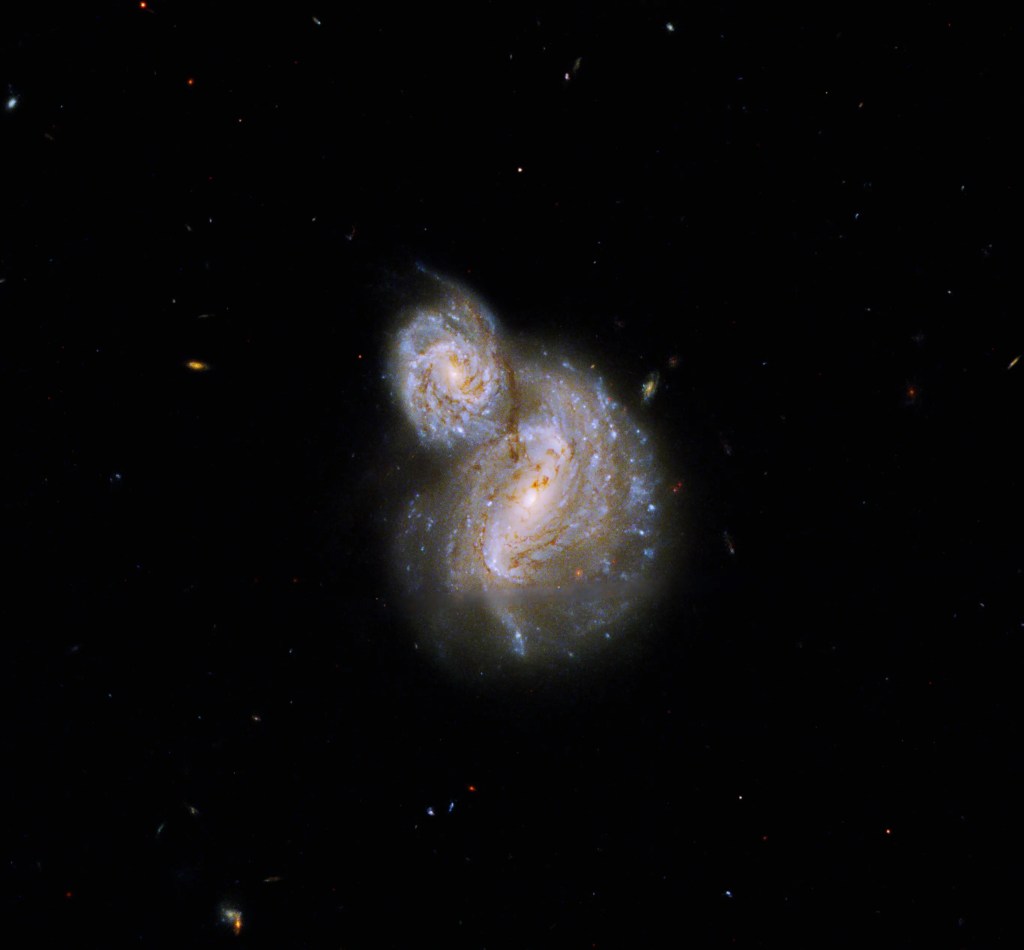
Hubble Captures a Peculiar Pair
This image of IC 4271, also known as Arp 40, is a curious pair of spiral galaxies some 800 million light-years away.

Sonification: Twin Galaxies AM 2026-424
This Hubble image of two galaxies colliding resembles a face. The sonification takes data from this image and represents it with sound.
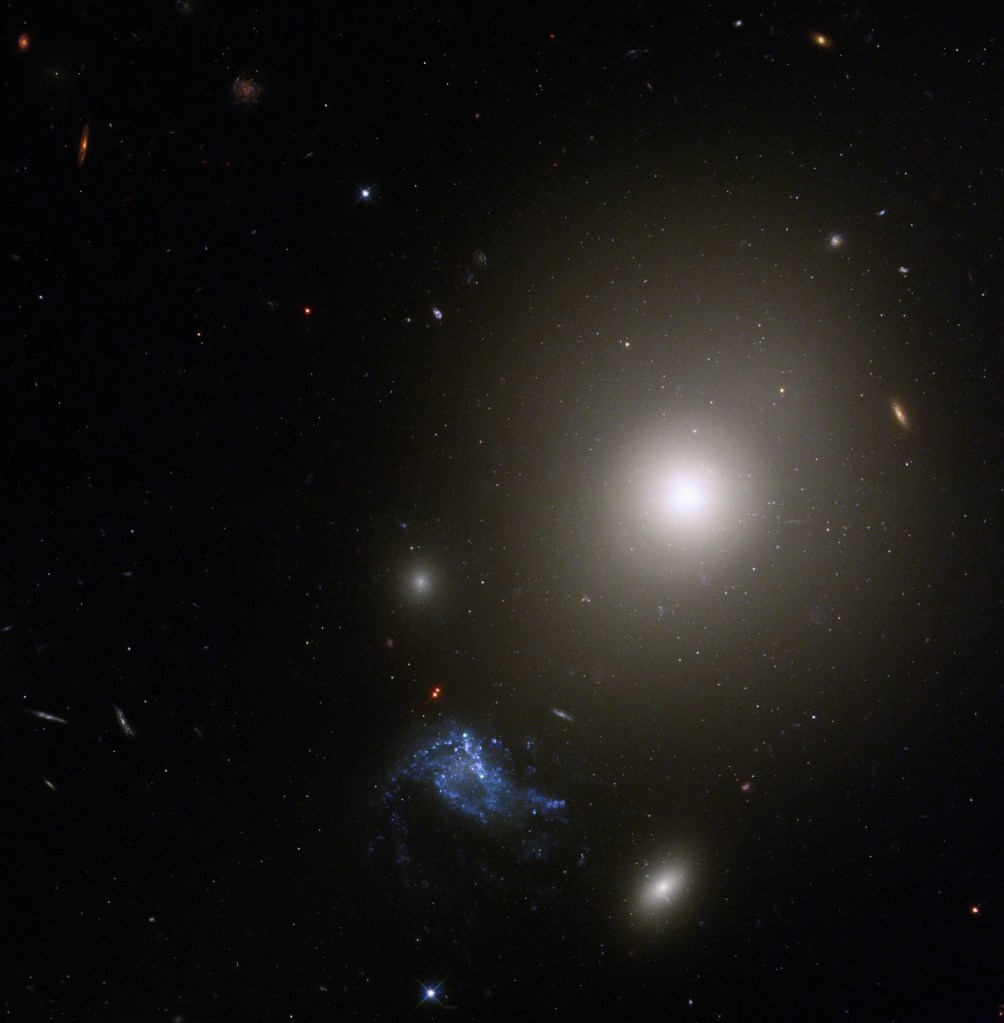
NGC 541 Fuels an Irregular Galaxy in New Hubble Image
This striking pair is an elliptical galaxy NGC 541 and an unusual star-forming, irregular dwarf galaxy.
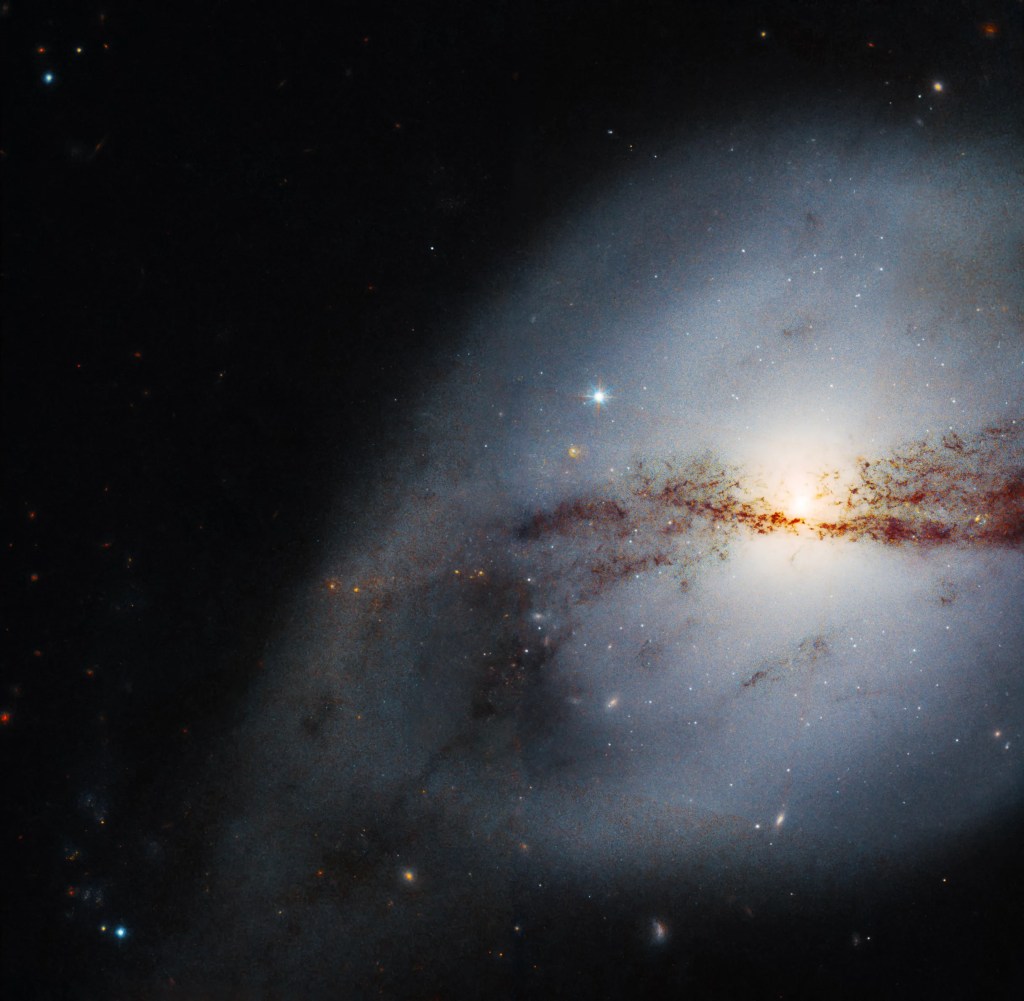
Hubble Views A Twisted Spiral
NGC 3718 is a highly disturbed spiral galaxy with an unusual, warped shape that looks a bit like a plump letter “s” from Earth.
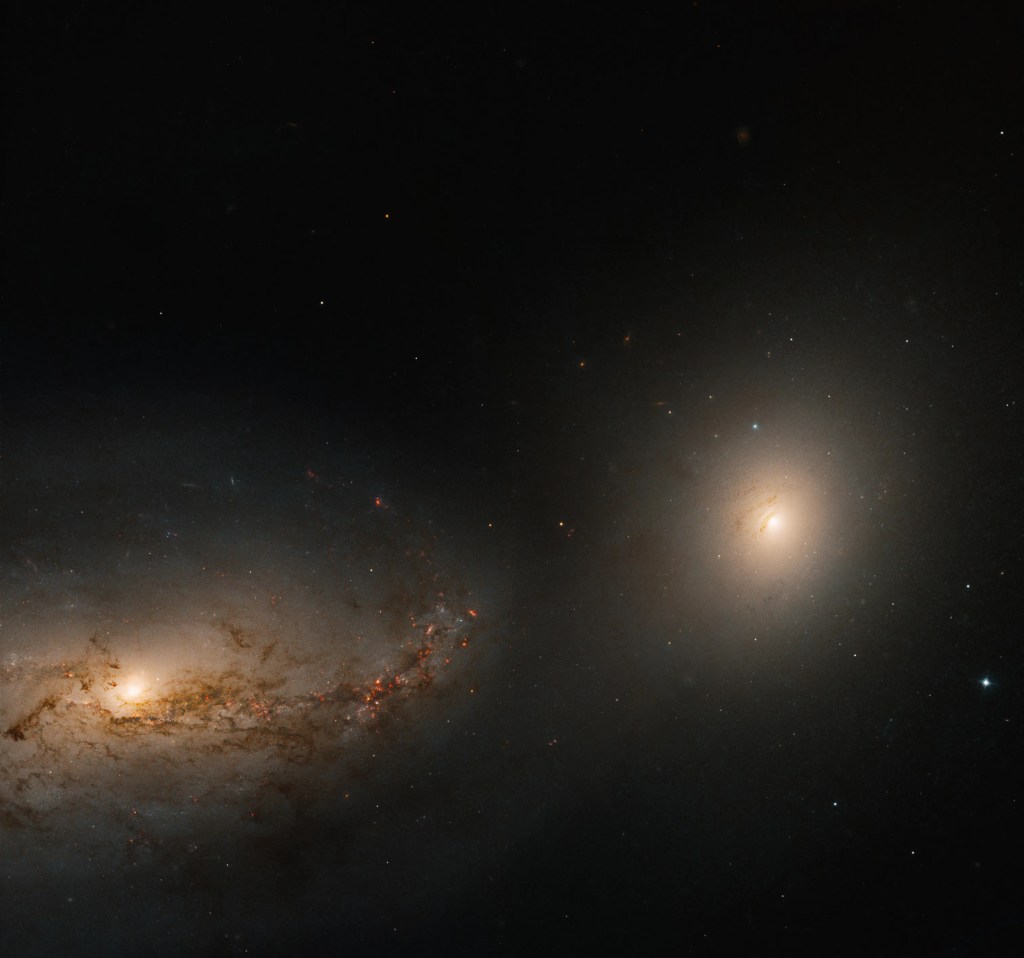
Hubble Captures a Galactic Dance
NGC 3227 is wrapped in a turbulent gravitational dance with its companion, the elliptical galaxy NGC 3226.
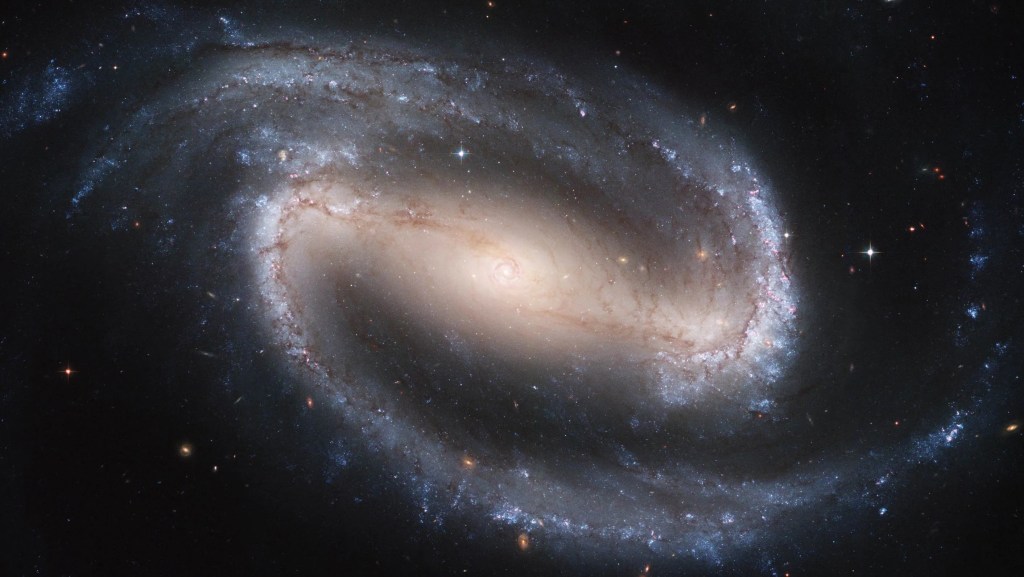
Sonification: NGC 1300
Spiral galaxy NGC 1300’s arms hold blue clusters of young stars, pink clouds of star formation, and dark lanes of dust. The sonification takes data from this image and represents it with sound.
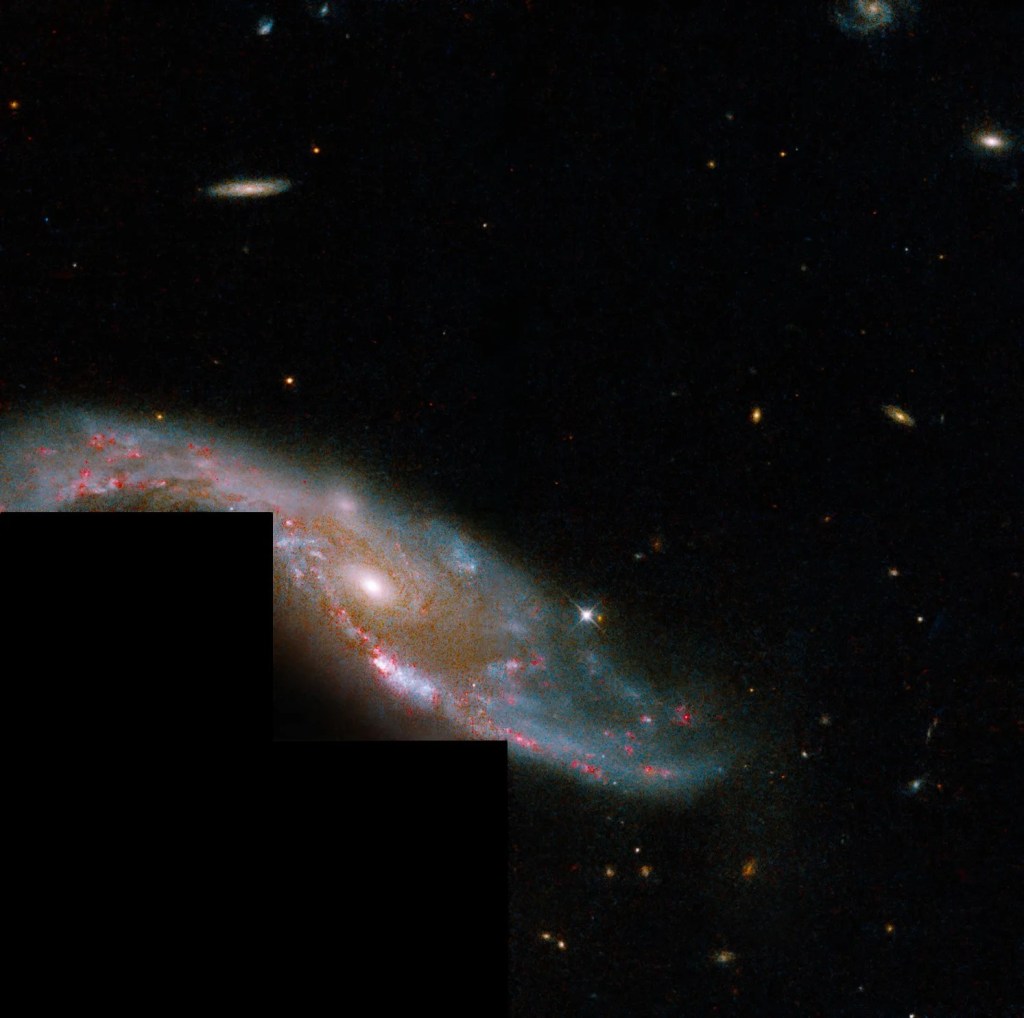
Hubble Views an Interacting Spiral
This image features the spiral galaxy NGC 3509 located some 350 million light-years away.
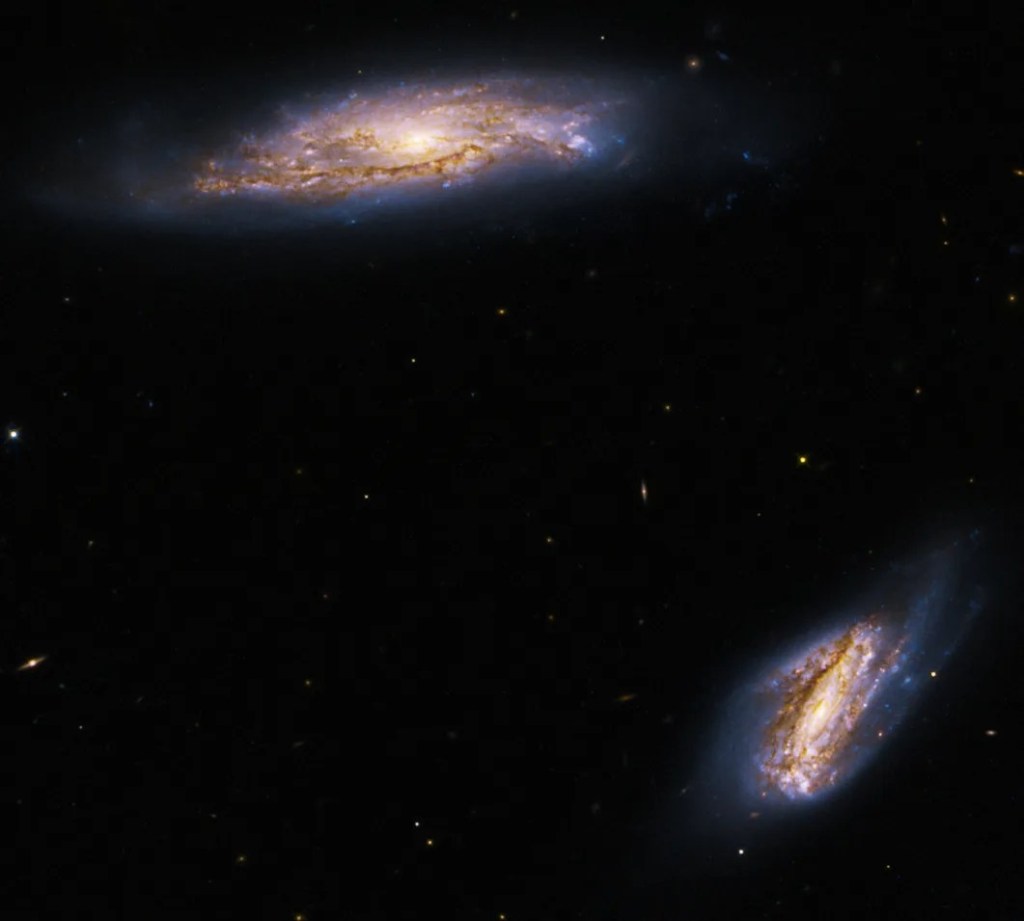
Hubble Captures Pair of Star-Forming Spirals
This pair, known collectively as Arp 303, reside some 275 million light-years away.
Hubble's Galaxies
These collections of stars, planets, gas, dust, and dark matter are the visible foundation of the universe.
Our galaxy, the Milky Way, sits in a Local Group of more than 20 galaxies, but Hubble's vision takes us far beyond our celestial neighborhood.
Learn More about Hubble's Galaxies